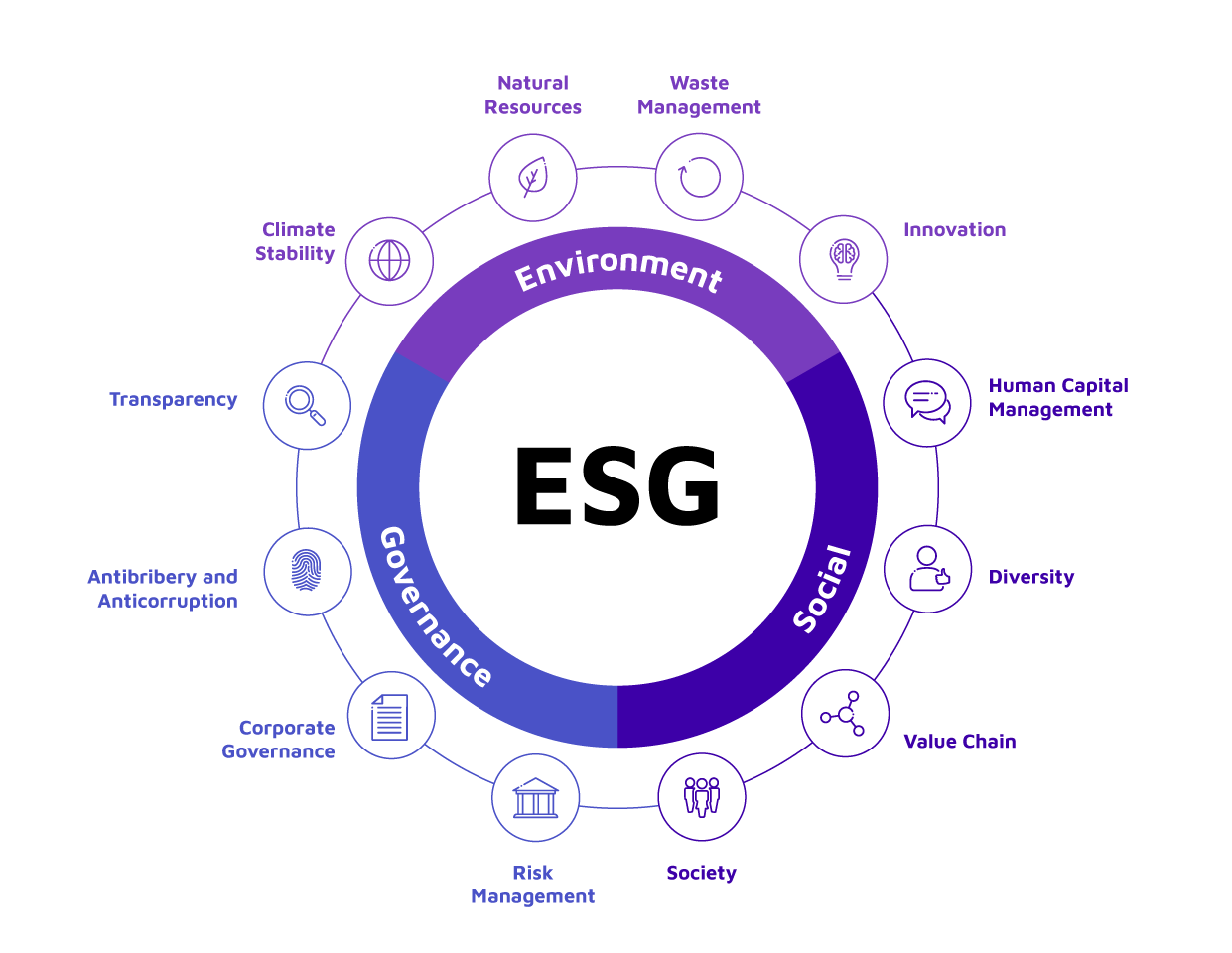Chapter 2: Corporate Governance
Definition: Corporate Governance
Corporate governance is the practice of ensuring a corporation conducts itself accountably, fairly and openly in all its dealings. It is the responsibility of a company’s board of directors. One of the main goals of corporate governance is to ensure a company’s leaders are managing the finances of the business effectively and that they always act in the best interest of stakeholders (shareholders, employees, customers, suppliers and creditors). Companies often have their own corporate governance frameworks—rules and processes for managing the conduct of the organization. Most also have to comply with external regulations or laws governing their industry or sector.
Source: BDC. (2020, September 12). What is corporate governance? BDC.ca. https://www.bdc.ca/en/articles-tools/entrepreneur-toolkit/templates-business-guides/glossary/corporate-governance
Understanding corporate governance—and the difference between good and bad governance—is essential for you as future business leaders because it directly affects the integrity and long-term success of any organization you’ll work with or lead. Corporate governance is the system that guides how a company makes decisions, ensuring it operates responsibly, transparently, and ethically. Good governance helps a company make fair, accountable choices that focus on long-term value, benefiting everyone involved—from employees and customers to communities and the environment. On the other hand, poor governance can lead to unethical practices, lack of oversight, and short-term profit chasing, which can harm a company’s reputation, stability, and trustworthiness.
Sustainability is a critical element of modern corporate governance. Today, companies are expected not only to achieve financial success but also to have a positive impact on society and the environment. Strong governance supports sustainability by embedding environmental, social, and governance (ESG) goals into a company’s strategies, enhancing brand value, attracting investors, and building consumer trust. Companies that commit to good governance are better equipped to handle risks, including those related to climate change and social equity, making them more resilient and adaptable over time. By learning about corporate governance now, you’re gaining a foundation that goes beyond just understanding how companies function; you’re learning to recognize the responsibility that businesses have toward their stakeholders and the planet. In a world where sustainability and ethical practices are becoming essential, understanding good governance equips you with the skills to shape responsible and impactful organizations.
The Benefits of Good Governance
Principles of Corporate Governance
The G20/OECD Principles of Corporate Governance were developed to guide companies worldwide in creating responsible, transparent, and sustainable business practices. Originally, these principles aimed to prevent corporate scandals, like major financial crises, by setting clear standards for how companies should be run. Over time, they have evolved to address modern challenges—especially the need for companies to operate sustainably, protect the interests of all investors, and manage environmental and social risks.
Each principle supports key goals: building public trust, ensuring fair treatment for all shareholders, involving major investors in decision-making, and making corporate operations open and transparent. Additionally, they emphasize the responsibility of the board of directors to lead effectively and address risks, including those related to sustainability. This makes companies more resilient to challenges like climate change, social issues, and economic shifts.
These principles now serve as a global benchmark, helping companies grow responsibly while contributing to broader goals such as economic stability and sustainable development. For businesses, following these standards means not just meeting legal requirements but also committing to a positive impact on society and the environment.
Here’s a breakdown of the six main principles for effective governance:
- Strong Governance Structure: Companies need solid systems and rules to make sure they’re run responsibly. This builds public trust, supports the economy, and encourages sustainable growth.
- Fair Treatment of Shareholders: All shareholders, whether big or small, should be treated fairly. This principle protects investors, helps them have a voice in the company, and ensures they can seek help if needed.
- Active Investor Involvement: Large investors (like funds or pension plans) and intermediaries (like stock markets) are encouraged to play an active role in the company. This keeps companies transparent and helps align their goals with the interests of investors.
- Transparency and Openness: Companies must be open about important information—like finances and sustainability practices. This helps everyone understand what the company is doing and why.
- Responsible Board Leadership: The company’s board of directors should be skilled and proactive in guiding the company’s strategy. They are responsible for managing risks and ensuring the company’s success over the long term.
- Focus on Sustainability and Resilience: Today’s companies are expected to address environmental, social, and governance (ESG) issues, managing risks like climate change and social impact. By doing this, they can support both their own success and broader goals like environmental protection.
Challenge to Governance
Critical challenges that corporate, national, and global governance face are the detrimental influence of corruption and lobbying. Corruption undermines the integrity of decision-making processes and diverts resources away from sustainable development initiatives. Lobbying efforts by powerful interest groups can skew policy priorities and hinder progress on sustainability goals.
Corruption vs. Lobbying
The main difference between corruption and lobbying lies in their legality and ethical boundaries.
Corruption involves illegal or unethical practices, such as bribery, fraud, or embezzlement, where individuals or groups use illicit means to gain advantage. Corruption often bypasses established rules and regulations, violating laws and ethical standards to benefit a person or organization unfairly. This can severely damage public trust, create unjust advantages, and weaken governance systems by influencing outcomes through dishonest methods rather than lawful processes.

This video asks if lobbyists are really as bad as their reputation.
Above the Noise. (2022, November 2). How does lobbying REALLY work? [Video]. YouTube. https://youtu.be/nhNsb6tVAI0
Environmental, Social, and Governance (ESG)
Definition: ESG
ESG stands for Environmental, Social, and Governance, representing three critical factors that businesses and investors consider to assess a company’s sustainability and ethical practices. Environmental criteria evaluate a company’s impact on nature, such as its carbon footprint and waste management. Social criteria focus on how a company treats its employees, suppliers, customers, and communities. Governance criteria look at a company’s leadership, internal controls, and transparency.
By incorporating ESG principles, governance becomes more responsible, fostering sustainable decision-making and aligning business practices with societal and environmental well-being. ESG serves as a lens through which governance can be evaluated, promoting greater accountability and driving businesses towards a more sustainable path.
Environmental, Social, and Governance (ESG) is a framework companies use to measure and manage their impact on the world beyond financial performance. Each component—Environmental, Social, and Governance—focuses on specific aspects of sustainability and ethics:
- Environmental: This part of ESG focuses on how a company interacts with the natural world. It includes policies on climate change, energy use, pollution, waste, natural resource conservation, and animal treatment. Companies that prioritize environmental responsibility might work to reduce carbon emissions, invest in renewable energy, or implement sustainable waste management practices.
- Social: The social aspect of ESG looks at how a company manages relationships with employees, suppliers, customers, and communities. Key areas include labor practices, diversity and inclusion, community impact, health and safety, and consumer protections. Companies strong in social responsibility often focus on fair labor practices, equality, and community engagement.
- Governance: Governance refers to how a company is managed and structured. It includes factors like board diversity, transparency, business ethics, compliance, and shareholder rights. Good governance ensures that a company operates responsibly, is accountable to its stakeholders, and minimizes risks like fraud or conflicts of interest.
ESG provides a holistic view of a company’s operations, aligning them with ethical and sustainable goals that are increasingly important to investors, consumers, and regulators. Companies that perform well in ESG are often seen as more sustainable, resilient, and trustworthy.
To get started with ESG reporting, businesses need to:
- Identify Key ESG Issues: Focus on what matters most for their industry and stakeholders.
- Set Goals: Define measurable targets, like reducing emissions or improving diversity.
- Choose a Framework: Pick an ESG framework, such as GRI or SASB, to structure their reporting.
- Collect Data: Gather data on metrics like energy use, waste, and governance practices.
- Publish the Report: Share progress, goals, and challenges, often on their website.
- Review and Improve: Update regularly to track progress and improve practices.
Let’s look at some different frameworks businesses can choose:
Figbytes Inc. (2023, February 22). Intro to ESG frameworks and standards [Video]. YouTube. https://youtu.be/OVC-szbc2HE?si=pkPezS8Ysi2jEz-j
Governance serves as the backbone of sustainable development, enabling effective decision-making, resource management, and stakeholder engagement. From local community empowerment to national governance systems and global efforts to achieve the SDGs, governance plays a pivotal role in shaping a sustainable future for all. Addressing conflicts, enhancing transparency, and combatting corruption and lobbying are vital steps toward building inclusive and responsible governance that drives us closer to a more sustainable world.
Knowledge Check
Resources
- B Lab. (n.d.). How B lab drives a shift from shareholder primacy to stakeholder governance, and the difference between a B Corp and a benefit corporation. https://www.bcorporation.net/en-us/movement/stakeholder-governance/
- Cho, C. H., Bohr, K., Choi, T. J., Partridge, K., Shah, J. M., & Swierszcz, A. (2020). Advancing Sustainability Reporting in Canada: 2019 Report on Progress. Accounting Perspectives, 19(3). https://doi.org/10.1111/1911-3838.12232
- Emerick, D. (2023, February 9). What is SDG and ESG?. ESG | The Report. https://www.esgthereport.com/what-is-sdg-and-esg/
The OECD initially developed the Principles of Corporate Governance in 1999 as a response to financial crises and corporate scandals in the 1990s that highlighted the need for stronger corporate oversight and transparency. These principles were later updated in 2004 and 2015 to address emerging challenges and the growing importance of transparency and fair treatment for investors in global markets.
In 2023, the principles were revised once more in collaboration with the G20 to reflect new priorities like sustainability and resilience, specifically incorporating environmental, social, and governance (ESG) factors. These updates highlight the importance of sustainability in corporate governance, aiming to guide companies in managing ESG risks and aligning their practices with global standards for responsible business conduct.
Corruption is a form of dishonesty or a criminal offense which is undertaken by a person or an organization which is entrusted in a position of authority, in order to acquire illicit benefits or abuse power for one's personal gain. Corruption may involve many activities which include bribery, influence peddling and embezzlement, and it may also involve practices which are legal in many countries.
~~ Wikipedia
The act of lawfully attempting to influence the actions, policies, or decisions of government officials, most often legislators or members of regulatory agencies, but also judges of the judiciary.
~~ Wikipedia


